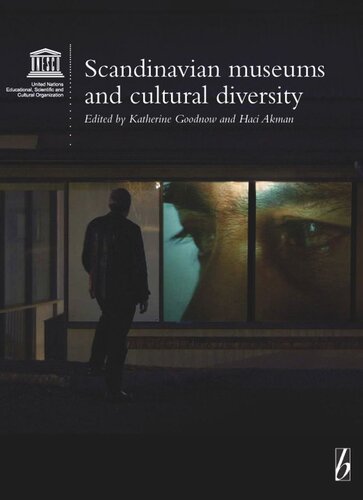

Most ebook files are in PDF format, so you can easily read them using various software such as Foxit Reader or directly on the Google Chrome browser.
Some ebook files are released by publishers in other formats such as .awz, .mobi, .epub, .fb2, etc. You may need to install specific software to read these formats on mobile/PC, such as Calibre.
Please read the tutorial at this link: https://ebookbell.com/faq
We offer FREE conversion to the popular formats you request; however, this may take some time. Therefore, right after payment, please email us, and we will try to provide the service as quickly as possible.
For some exceptional file formats or broken links (if any), please refrain from opening any disputes. Instead, email us first, and we will try to assist within a maximum of 6 hours.
EbookBell Team

4.1
10 reviewsMuseums face the task of representing the similarities and differences that exist between groups, such as national identities and indigenous and minority voices, material and intangible heritage, and current status and past history. In order to achieve this aim, a complex and not always easily compatible set of interests have to be taken into account, from those of the museum itself, to those of its main audiences, sources of support, and the groups that are, or wish to be, represented. The approach taken by Scandinavian museums in response to this challenge highlights a very active concern for forms of cultural diversity and how they are interrelated.
By bringing together debates and discussions of diversity, this volume offers insight into the Nordic region and its diverse peoples, from the Sámi and the Inuit to newer immigrants. It presents a set of historical reviews on the formation of national museums and emerging and contested perceptions of national identity. Furthering the general debate on representations of diversity and museums, it also offers museum curators possible ways forward.